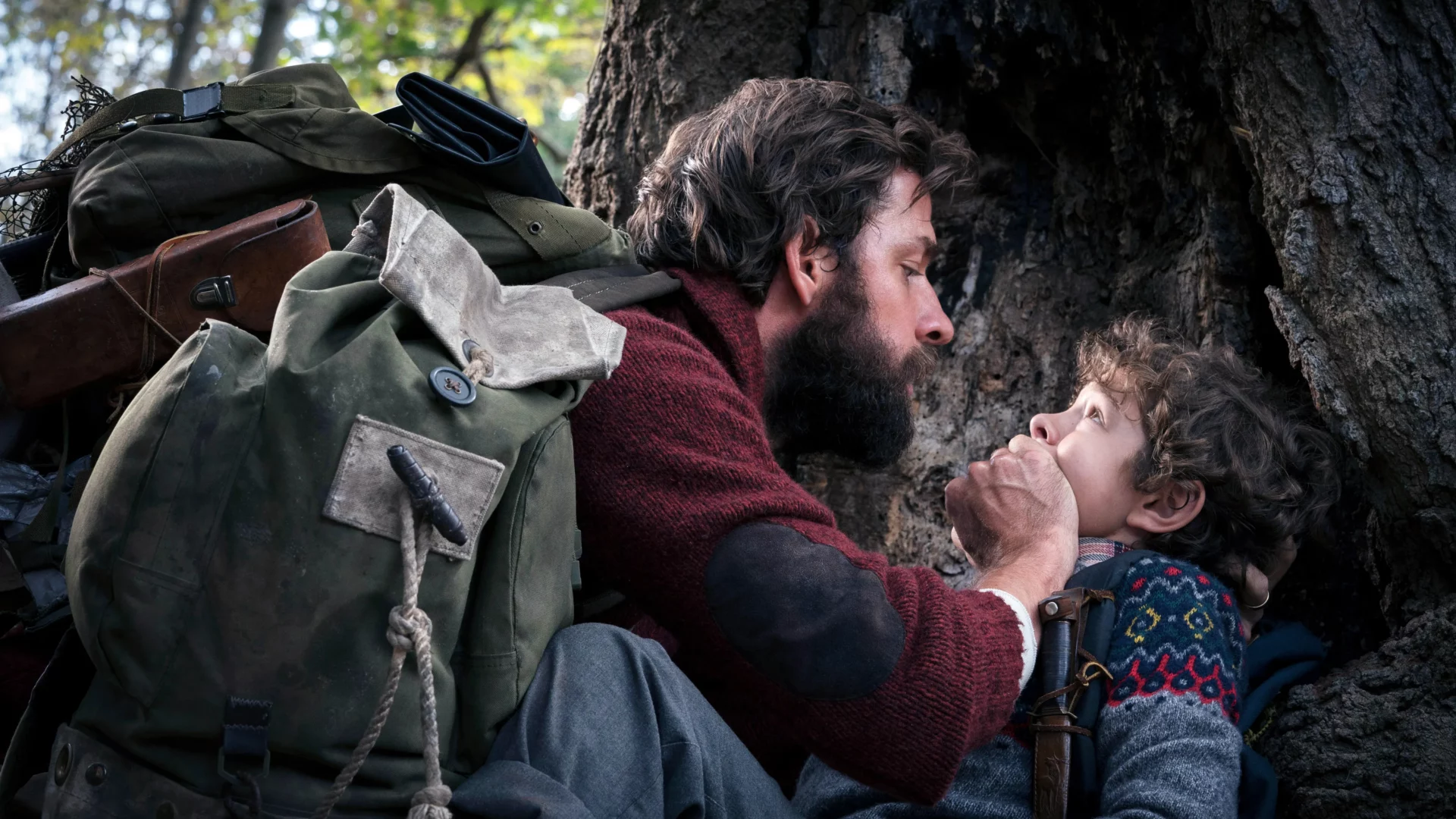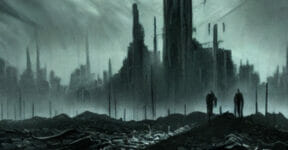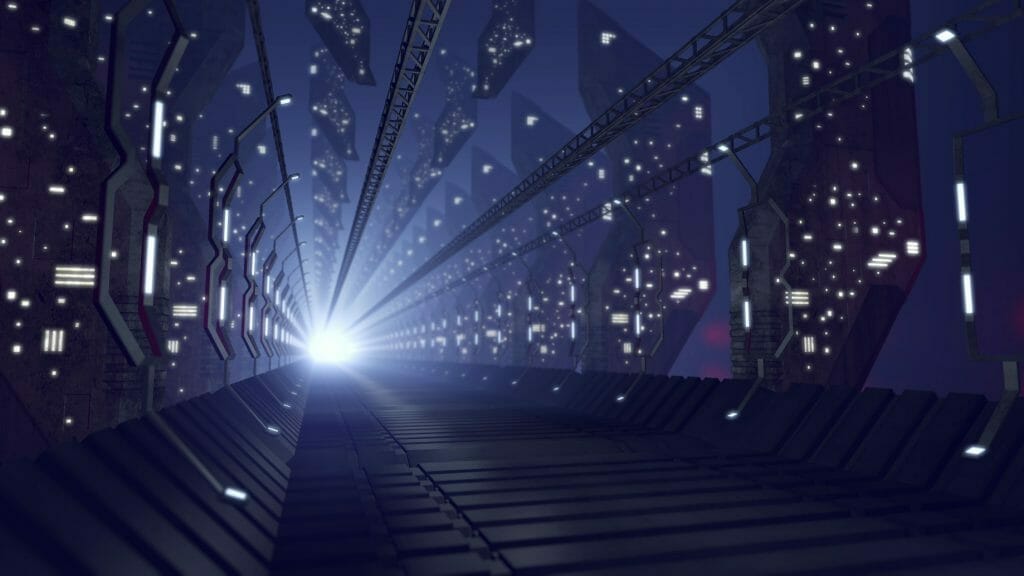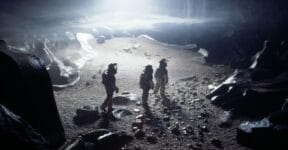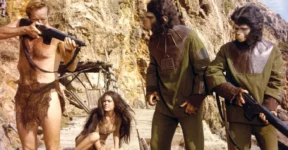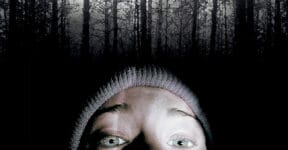The story of a film, as well as how well the characters are portrayed by the actors, play a huge factor in determining whether it would be a success or a failure. But they’re not the only important aspects, in the sense that a film doesn’t always rely on the cast and the plotline; the atmosphere and overall cinematography almost always dictate what kind of message a film is trying to convey. Sci-fi horror movies can be terrifying, action-heavy, or perhaps funny depending on how it wants to be perceived by the audience. If the 1979 film Alien is set in a well-lit environment and sprinkled with uplifting scores, chances are it won’t be much of a sci-fi horror and instead turns into a sci-fi action. Different lighting, including underexposure, silhouette, and projected shadows, can distort images in certain ways to evoke suspense, mystery, and tension in every viewer’s mind. And disturbing sound effects can only heighten the sense of uneasiness. In this blog, we will answer how sci-fi horror movies use visuals and sounds to create a sense of dread.

Visuals and Lighting Techniques
Up-lighting is the practice of putting the light source below an object (therefore, the light points upward). When used properly in a film, such as when giving a close-up shot of a character’s face, the lighting naturally generates pretty prominent shadows around the eyes, creating an eerie appearance. Combine that with a mischievous smile, then you get a pretty scary shot of an evil intent by a villain. Light that comes from beneath is often associated with demonic appearance. There’s a reason some kids like to hold their flashlights under their chins when telling scary stories around a campfire.
A light shining from below an object also is rather strange. Most times, in real world situations, both natural and artificial light sources are normally shining from above, sides, and behind an object. The lamps in a building and the streets are positioned well above eye-level, so they cast lights in a wide area and without the glare effects. Not only are lights from above more natural, but they’re also connotations of something of a divine origin, like angels, heaven, or celestials.
Other lighting techniques, such as chiaroscuro (strong contrasts between dark and light), underexposure, and spotlighting are also heavily used in sci-fi horror movies. By using different intensities of light, the frame only reveals part of the object while concealing the others to create the perception of mystery and dark atmosphere. Seeing the dark portions of the frame, your brain is hard wired to fill the gaps. And as we all know, darkness goes hand-in-hand with horror. You subconsciously imagine what the full picture would look like without the shadows, and set yourself in an anticipation for horrific things that might reveal themselves at any moment.
Another notable visual style is silhouette, which hides a portion of a character’s physical appearance to distort your perception of reality. Sci-fi horror filmmakers have a knack for using shadows as part of their terror-inducing technique. When you see the silhouette of a monster (or a villain of some sort) in a film, your imagination conjures up what’s most terrifying to yourself. Until the moment the film reveals who or what the villain is in a clear, full body shot, this fear-of-the-unknown has already snuck in.
SFX
Unless you’re watching silent movies, sound effects make for much of the cinematic experience. While the horrifying visuals might be more than enough already to evoke fear, the scary factor gets instantly intensified to a few notches higher when the background noises can complement the visuals and enhance viewers’ emotional responses. The sounds of footsteps in a dark alley, creaking doors of an old beaten cabin, gushing wind, growling animals, screeching screams, chains being dragged on the floor, and heavy breathing have always been the staples of sci-fi horror movies. And without clear visuals of where the sounds might come from, you can’t help but wonder who or what might produce such scary, disturbing noises.
Composers use many creative means to produce the sounds of horror. Apart from the use of conventional musical instruments, synthesizers, or voice-overs, they often turn to everyday objects to make distinctive-sounding noises. For instance, the rumbling growls of an alien could be originally the sound of a person breathing through a diving apparatus; the high-pitched gushing wind might actually be the noise created when someone swings a thin wooden stick in the air, etc.
Let’s not forget that silence is also an important part of sound design in horror films. The sudden and complete absence of a sound can generate the sort of thrilling uneasiness that’s otherwise difficult to achieve with audio effects. Silence is typically used in anticipation of a jump scare or to create a moment of temporary relief before a massive, shocking reveal.
We think the realization about filmmakers using visual and audio effects to trigger our fear response and intensify the dreadfulness of a movie helps us understand that everything we see on screen isn’t real. When watching a sci-fi horror film, it’s good to remind ourselves from time to time that there’s no way the monsters, the aliens, the mutants, and the killer robots can jump out of the screen into the real world. But when the visuals and sounds work well together with the storyline, we get easily absorbed by the plot and empathize with the characters to where we unknowingly feel as threatened and fearful as they are, and uncontrollably scream and cower during some scary scenes.
Do you think silent horror films can be as scary as their modern SFX-heavy counterparts? Do you prefer slowly built tension and dread or jump scares in horror films? We’d love to hear from you.
Other Things You Might Want to Know
What is the Kuleshov Effect?
The “Kuleshov Effect” refers to the mental phenomenon observed in a viewer’s mind after seeing a series of carefully selected footage. It was developed by Russian filmmaker Lev Kuleshov using 4 different footage recordings comprising the expressionless face of Russian silent film actor Ivan Mosjoukine, a bowl of soup, a woman sitting on a piece of furniture, and a girl in a coffin. The short film contains only several frames, with the actor’s face shown between the soup, the girl, and the woman. The experiment suggested that some of the audience believed the actor’s facial expression was different every single time–showing hunger, grief, and desire, respectively–despite the film using the same footage of Mosjoukine’s face.
A few examples of silent horror films to watch:
The Fall of the House of Usher (1928)
- The Phantom of the Opera (1925)
- Häxan: Witchcraft through the Ages (1922)
- The Phantom Carriage (1921)
- The Haunted House (1921)
- The Golem, How He Came into the World (1920)
- Dr. Jekyll and Mr. Hyde (1920)
- The Cabinet of Dr. Caligari (1920)
- Frankenstein (1910)
- Infernal Cauldron (1903)
What is infrasound?
Also known as subsonic, infrasound refers to sound waves below the lower limit of human audibility (20 Hz and lower). Although humans can barely hear the sounds, our brains can still perceive them and associate the low frequency with impending danger. Some filmmakers might have used infrasound (inaudibly) in horror movies to evoke fears.

